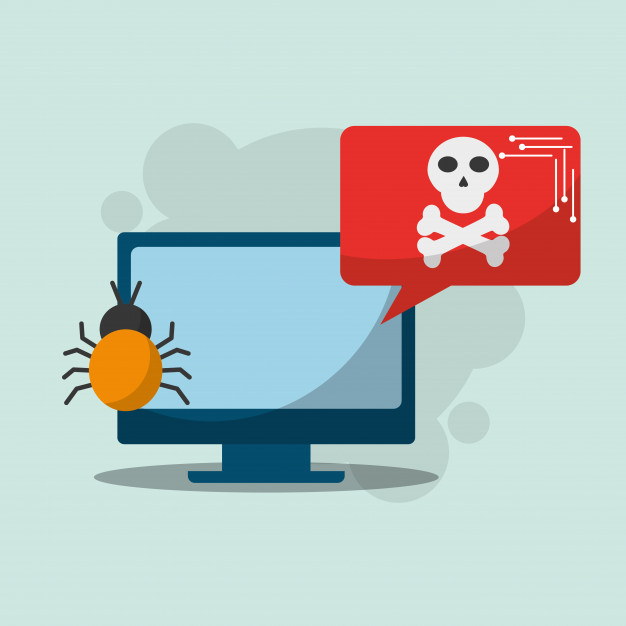Free DDoS Protection for Website
As more people turn to the internet for most of their activities, such as online shopping, banking, etc., cybersecurity becomes crucial. Of all cybercrimes, DDoS attacks take at least 55% of all the cybercrimes in a year and are the most expensive to resolve.
Experts warn of recurring attacks, with 25% (1 in 4) chances of an attack in three months and an above 36% (1 in 3) possibility of an attack within one year.
What is a DDoS Attack?
A DDoS or Distributed Denial of Service attack floods a website with requests, overwhelming it and making it unavailable to users by using bots. Bots are regular computers, which are turned into bots via unique malware, which spreads into vulnerable gadgets via downloads, email attachments, etc. If you unintentionally run this malware, your computer becomes a bot, providing the cybercriminals with an extra soldier in the bot army, also called a botnet.
Once your computer becomes a bot, it makes a connection to the hacker’s control circuits and takes orders from these circuits on where to attack. The best way to protect yourself is by using DDoS web security, of which there are two types- free and subscription. Here are some of the dangers of using free DDoS web security services.

Dangers of the Free DDoS Web Security Services
Free DDoS web protection is mostly offered by some computing and connectivity providers, who include it in their offered infrastructural services such as CDNs, ISPs, and IaaS (Infrastructure-as-a-service) providers.
However, these free services come with several issues, such as:
1. Weak Protection
When you get a free service, you will get value equal to the free service. Most infrastructure service providers' agenda is selling their primary services, such as cloud computing, content distribution, or internet connectivity.
They know that provision of DDoS services as part of the leading service will increase their sales. Since the DDoS web protection comes as a by-the-way, they only provide the bare minimum, which will not eat into their profits.
Since higher protection levels are costly, most providers protect against the frequent transport and network layer attacks. The free DDoS web protection does not shield you from advanced DDoS attacks such as botnet attacks like Mirai, multi-vector attacks, SSL, DNS, or IP attacks. This weak protection leaves you exposed and vulnerable to sophisticated DDoS attacks.
2. Poor Coverage
Most of the time, free DDoS web services are limited to L3/4 DDoS attacks, which attack the network layer. The free services do not cover you against L7 or application-layer DDoS attacks that attack applications such as DNS, DDoS or HTTP/S floods, etc.
The service providers are more interested in selling their other services, so the coverage of DDoS web protection services they offer is limited.
3. Lack of Service Commitment by Providers
Free DDoS web security service providers save money but compromise your security by a lack of service commitment. The DDoS web security you use is guaranteed by the provider committing to provide you with the service. However, with free DDoS web security, their service commitment is not to DDoS protection, but their core service, internet connectivity, cloud computing, etc.
Service commitments are listed in the SLA (Service Level Agreement) related to the provided service. Free DDoS protection does not offer SLA, and if they do, it does not obligate the provider to mitigation or attack times, or the quality of the mitigation they use.
This means in case of an attack; there is little you can do about the situation. A quality SLA includes specific and measurable commitments with clarity on the measurement scales. In case the SLA faces a breach, it explains the remedy to be taken.
4. Lack of Expertise
The free DDoS web security providers are not dedicated in this field, and they often lack the expertise to deal with DDoS attacks when they occur. They are experts in the service they provide, such as cloud computing or internet connectivity, and web security is a by-the-way.
DDoS attacks require a dedicated specialist who is up-to-date with new attacks, tools, and trends and can deal with all types of DDoS attacks.
5. Conclusion
Free, just like cheap, is very expensive in the long run. You may think you are saving some money, but your system's security should always be a priority. DDoS attacks cost a fortune to resolve. You are better off paying a dedicated DDoS web security provider to protect you than wait to spend thousands or millions of dollars after an attack.





